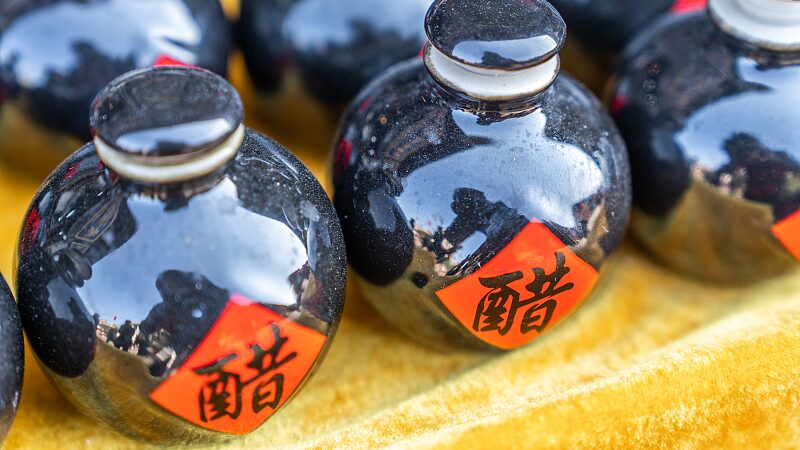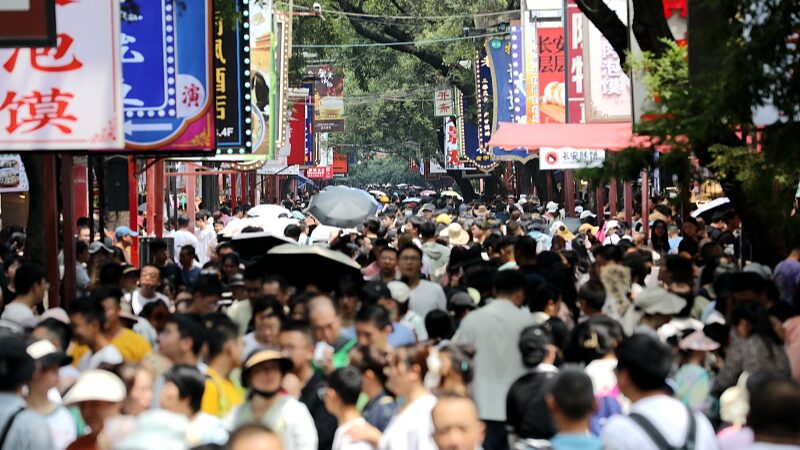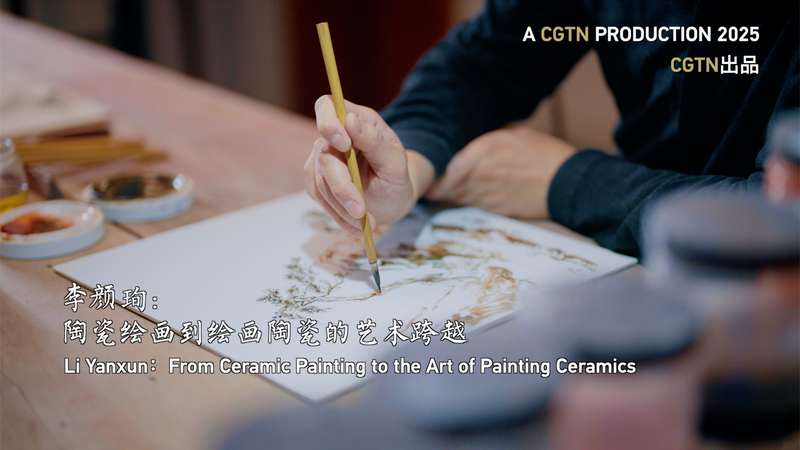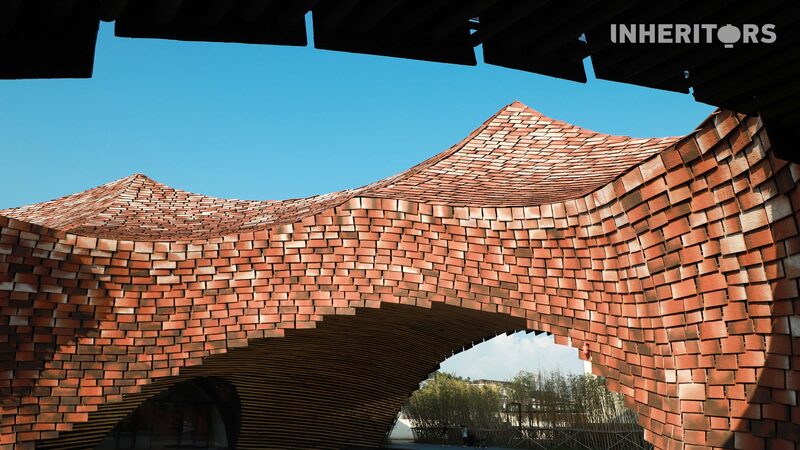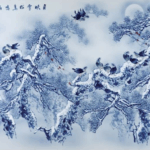Shanxi’s Vinegar Obsession: The Flavor That Defines a Province
Travel through north China’s Shanxi Province, and you’ll be greeted by a ubiquitous sight: large, black ceramic jars emblazoned with the character 醋 (cù), meaning vinegar. This is not just a condiment here; it’s a way of life.
A Region Steeped in Vinegar
Shanxi’s vinegar and the locals’ profound affection for it is renowned across China. It is said that the people of Shanxi consume an astonishing 7.5 to 10 kilograms of vinegar per person each year, far surpassing other regions. But what fuels this extraordinary consumption?
The Secrets Behind the Love Affair
Nestled atop the Loess Plateau, Shanxi experiences alkaline and hard water, coupled with a dry climate, especially during the summer months. In these conditions, a sip of vinegar is believed to rejuvenate the appetite and provide relief from the arid weather.
Moreover, Shanxi cuisine is heavily wheat-based, boasting a variety of noodles and steamed breads. Vinegar serves as the perfect companion to these dishes, enhancing flavors and aiding digestion. It’s more than a seasoning—it’s integral to the culinary identity of the region.
A Cultural Tradition
The black ceramic jars dotted throughout the province are a testament to a tradition that has been passed down through generations. Vinegar-making in Shanxi is an art form, with methods that date back centuries, preserving the unique taste that defines the province.
For visitors, immersing themselves in Shanxi’s vinegar culture offers a flavorful journey into the heart of Chinese culinary traditions, where every drop tells a story of history, geography, and a community’s unwavering devotion to its favorite flavor.
Reference(s):
cgtn.com
